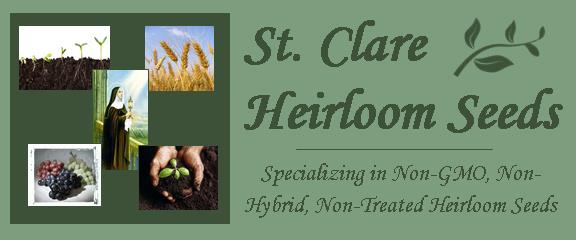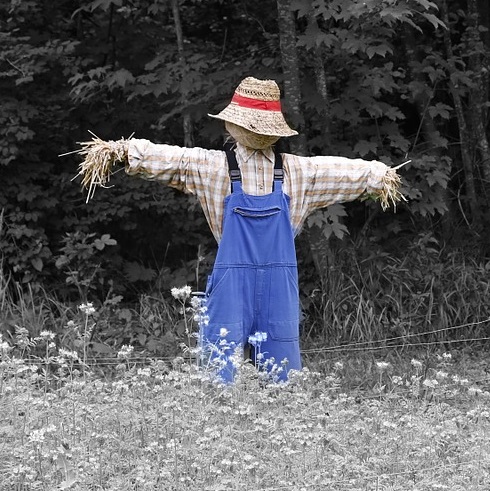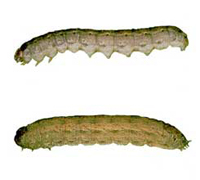Florida State University
IFAS Extension
Nematode Management
Nematodes are usually microscopic in size and are classified as unsegmented worms, belonging to the Phylum Nematoda. Plant-parasitic nematodes are a concern for growers of agricultural or Open Pollinated / Heirloom vegetable garden crops. These plant-parasitic nematodes will mainly feed on the roots of plants. A few kinds will feed on foliage but this not common. Many other kinds of nematodes are present in the soil as well. These include decomposers, predators, insect parasites, and animal parasites. Some nematodes are aquatic and do not affect terrestrial plants. Other nematodes act as decomposers, predators, and insect parasites. In farming systems, nematode predators and parasites of insects are beneficial, while nematode parasites of animals and plants are considered pests in agriculture. Beneficial nematodes that




